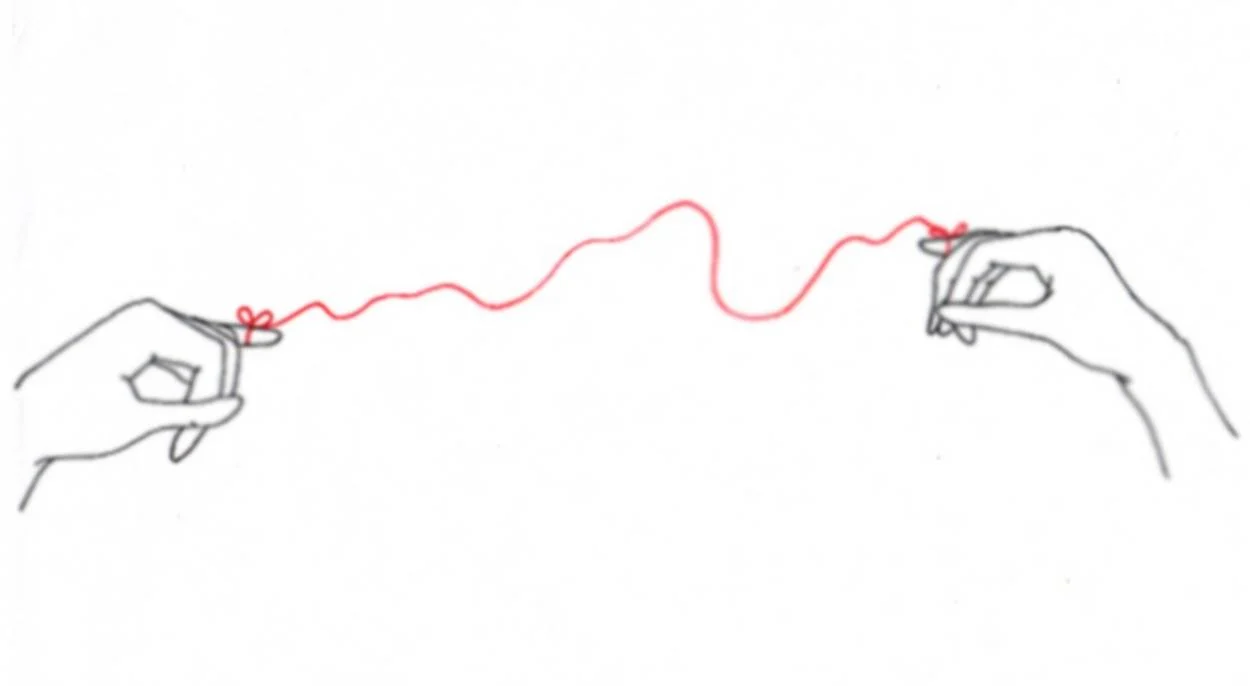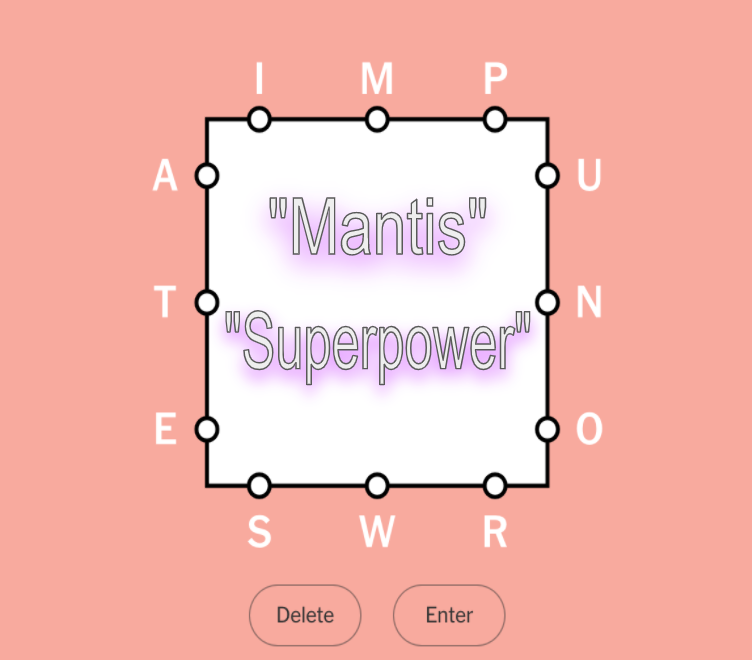Red String Theory is a fascinating concept that has captured the imagination of many people. It is often linked to love, fate, and the idea that we are all connected in some way. The theory suggests that a red thread or string connects people who are destined to meet or be together. This idea can be found in various cultures and stories around the world. Many people find comfort in this belief, as it gives them hope that love and connection are meant to be.
In this article, we will explore the origins of Red String Theory, its cultural significance, and how it has been represented in art and literature. We will also look at how people apply this theory in their lives and its impact on relationships. Understanding Red String Theory can provide insight into our connections with others and the importance of fate in our lives.
The Origins of Red String Theory
Red String Theory has roots in ancient Chinese and Japanese folklore. It is believed that the red string is tied around the little finger of two people who are destined to meet or be connected.
- Chinese Beliefs: In Chinese culture, there is a story about the “Red Thread of Fate.” It says that the gods tie an invisible red thread around the ankles of those who are meant to be together. This thread can stretch or tangle, but it will never break, symbolizing that fate will always bring people together, no matter the distance or obstacles.
- Japanese Influence: In Japan, a similar belief exists. The red string is often associated with the idea of romantic relationships. It suggests that two people are bound together by destiny. This connection is sometimes depicted in stories and artwork, emphasizing the importance of love and fate.
- Universal Concept: The concept of a red string or thread connecting people can be found in many cultures worldwide. It speaks to a universal desire for connection and understanding. Many people find solace in the idea that their paths are guided by fate.
The origins of Red String Theory show how deeply rooted it is in various cultures. This belief continues to resonate with people today.
Cultural Significance of Red String Theory
The cultural significance of Red String Theory goes beyond its origins. It has become a symbol of hope, love, and connection.
- Love and Relationships: Many people associate the red string with romantic relationships. It represents the idea that true love is destined to happen. This belief can bring comfort to those seeking love or going through difficult times in their relationships.
- Friendship and Family: The red string is not just about romantic love. It also symbolizes connections between friends and family members. The idea that people are linked by fate can strengthen bonds and deepen relationships.
- Spiritual Meaning: Some view the red string as a spiritual symbol. It reminds us that we are all part of a larger plan. This belief can help individuals feel more connected to the world and those around them.
Understanding the cultural significance of Red String Theory allows us to appreciate its impact on relationships. It encourages us to believe in the power of connection and fate in our lives.
Red String Theory in Art and Literature
Red String Theory has inspired many artists and writers. It appears in various forms of art, literature, and popular culture.
- Literary Works: Many authors have incorporated the concept of a red string into their stories. This idea often symbolizes fate and love, highlighting the connections between characters. Books that explore relationships may use the red string as a motif to demonstrate the power of destiny.
- Artistic Representations: Artists often depict the red string in their work. It can be shown as an actual string connecting people or represented through colors and symbols. These artistic interpretations can convey emotions and ideas about love and connection.
- Popular Culture: In recent years, Red String Theory has gained popularity in movies, television shows, and social media. Characters may reference the red string as they navigate their relationships, reinforcing the idea that love and fate are intertwined.
The presence of Red String Theory in art and literature shows its versatility and enduring appeal. It continues to inspire people to think about their connections with others.
Applying Red String Theory in Daily Life
Many people find ways to incorporate Red String Theory into their daily lives. It can serve as a reminder of the importance of connections and relationships.
- Fostering Relationships: People may use the idea of the red string to strengthen their relationships. By acknowledging the bonds they share with loved ones, individuals can nurture those connections and create a supportive environment.
- Finding Love: For those seeking romantic relationships, Red String Theory can provide hope. Believing that fate will bring the right person into their lives can encourage patience and optimism.
- Overcoming Challenges: The idea that the red string connects people can be comforting during tough times. When faced with challenges in relationships, remembering the red string can help individuals stay focused on the love and connection they share.
By applying Red String Theory in everyday life, individuals can cultivate stronger relationships and foster a sense of hope. It serves as a powerful reminder of the connections that matter.
The Impact of Red String Theory on Relationships
The impact of Red String Theory on relationships is profound. It influences how people perceive their connections with others.
- Encouraging Commitment: The belief in the red string can encourage commitment in relationships. Knowing that their connection is destined can motivate individuals to invest in their relationships and work through difficulties.
- Deepening Understanding: Red String Theory promotes empathy and understanding between people. It encourages individuals to see their relationships as part of a larger narrative, fostering compassion and patience.
- Strengthening Bonds: When people recognize the significance of their connections, it can lead to stronger bonds. The idea that they are tied together by fate helps individuals appreciate the love and support they share.
The impact of Red String Theory on relationships highlights its importance in people’s lives. It encourages individuals to nurture their connections and believe in the power of love and destiny.
Conclusion
In conclusion, Red String Theory is a meaningful concept that resonates with many people. Its origins in Chinese and Japanese culture reflect a deep belief in the power of fate and connection. This theory has significant cultural implications, offering hope for love, friendship, and deeper understanding in relationships.
As people incorporate Red String Theory into their daily lives, they find ways to strengthen their connections and foster a sense of belonging. The idea that we are all tied together by an invisible string can inspire individuals to cherish their relationships and believe in the magic of destiny.
FAQs
Q: What is Red String Theory?
A: Red String Theory suggests that an invisible red thread connects people who are destined to meet or be together.
Q: Where did Red String Theory originate?
A: Red String Theory has roots in Chinese and Japanese folklore, where it symbolizes fate and connection.
Q: How can I apply Red String Theory in my life?
A: You can apply Red String Theory by recognizing and nurturing your relationships, believing in love, and finding hope in connections.
Q: Is Red String Theory only about romantic relationships?
A: No, Red String Theory applies to friendships and family connections as well, emphasizing the bonds we share with loved ones.Q: How has Red String Theory influenced art and literature?
A: Red String Theory has inspired many authors and artists, who use it to symbolize love, fate, and connections between characters and people.




Leave a Reply